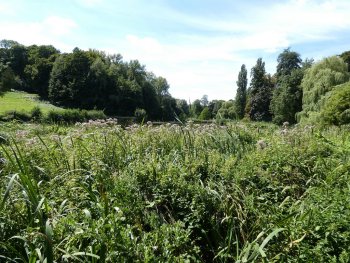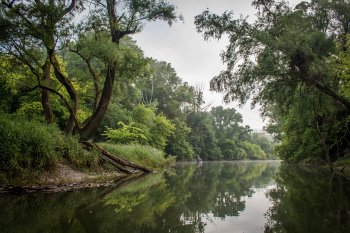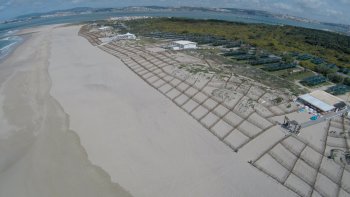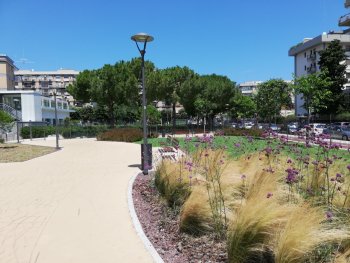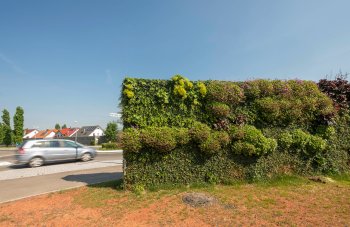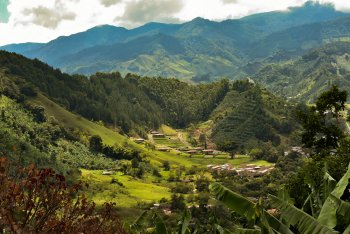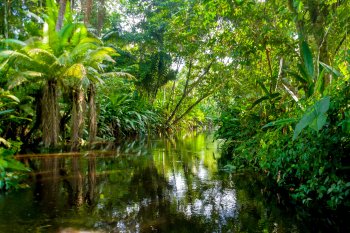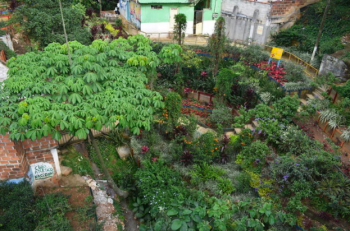Enhancing Brussels Ecological Network - Belgium
The project aims to reconnect green spaces, develop biodiversity and enhance the quality of life in the city. Further objectives include improving the environment for pollination and climate regulation.
Educational services aim at enhancing the ecological awareness of citizens. Another goal is to foster local cohesion by providing a public available urban green space with enhanced biodiversity that allows for social encounters.

